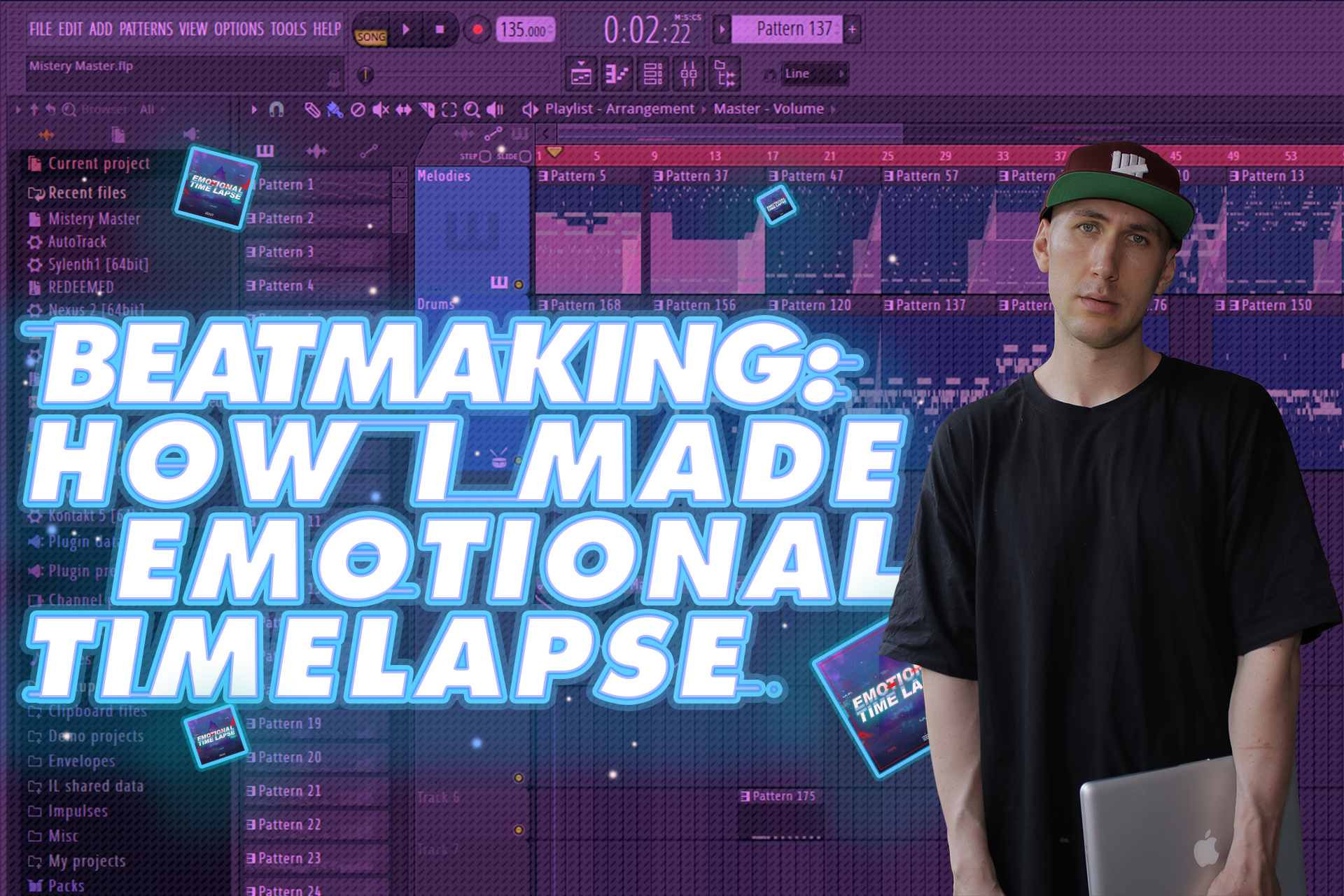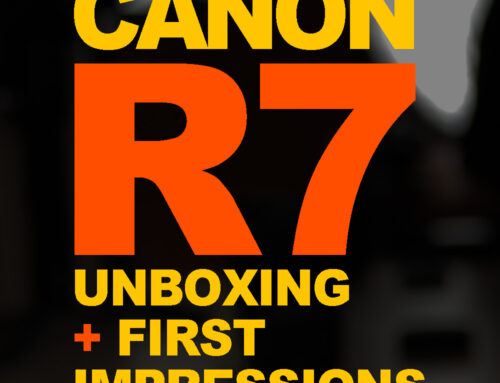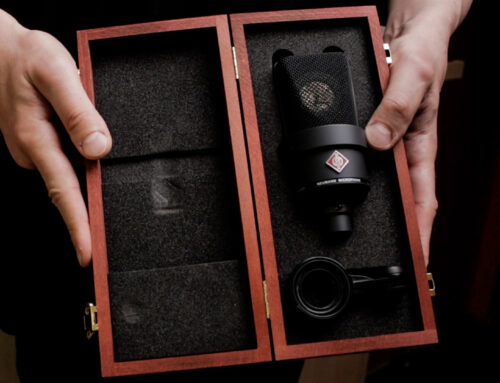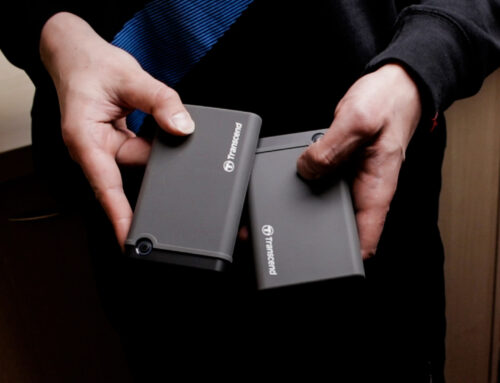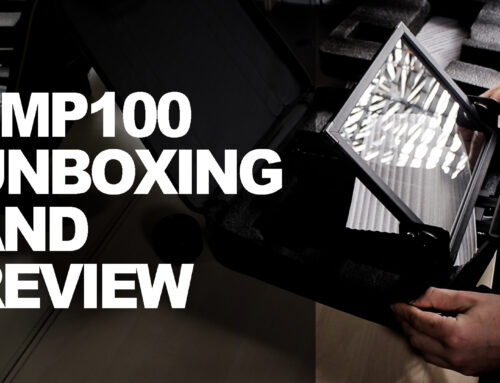In this post, I’ll do something I haven’t done for quite a while. That’s breaking down how I produced my latest track.
The way I’m going to do it is by firstly playing and discussing each part individually. And then, I’ll let you know what made me pick the name “Emotional Timelapse.” And how I’ve done the artwork/cover.
Yet, before doing all of those things, I want to say one big THANK YOU, to Image-Line. For making a native version of FL Studio for Mac. Getting rid of the Bootcamp and being able to natively use my favorite DAW (on the preferred by me OS) is a dream come true. And I sincerely believe, I’m not the single person who feels like that. So, after covering all of those things let’s begin…
Long story short. I actually had few of the melodies in a project on my computer for some time. Those were the opening one and that starting at (02:22). The first thing I came up with was the beginning/hook melody (00:01). And the same became the reason why I continued working on the track.
The VSTS I used on the whole track are Kontact 5, Sylenth1 and Nexus 2.
Probably here, is also the right place to mention that my production process always starts with making if not all, then at least a big part of the melodies. The melodies and only them is what makes me to either finish the track or delete the project file. And start a new one. Therefore I never mess with drums until having at least several melodies, that I’m100% sure I’ll use.
Although the melodies (I already had at that point) definitely ignited my desire to work on the track. The first drum patterns I’ve made weren’t sounding right into to my head. And because of that, I decided to leave the project for a while and let the whole idea marinate.
After messing around with different stuff, I came back at it with fresh ears. And that helped me realize what I truly wanted to hear, as an intro: The hook melody, on top of a pad, a dark lead and some heavy 808’s, all together in filter automation.
So let me play that one real quick.
Programming the intro gave me a solid idea of how the scratch part would not only sound like. But also fit into the whole track. Although I didn’t record the cuts immediately. At that point, I was already hearing them in my head. Almost like they were calling me to lay them down over a more clear, yet still very similar the intro and to the hook part.
So right now I’ll play you the melody under the cuts. And then the cuts by themselves.
Meanwhile, I didn’t stop experimenting with different sounds, and that gave birth to the starting at (01:26) arpeggio part. I programmed it in 2 versions with the idea of having them as question and answer. So the drums under them had to be made in the same manner.
Although they sounded great under the other melodies. I felt none of the drum patterns, I had so far were suitable to go with those exact ones.
In my mind, those melodies required placing all of the drums in an entirely different way. I needed them to not only carry the melodies and amplify their feel. But to also create a bit of a surprise, while not interfering with the whole storytelling. And keeping the excitement going.
The kicks, the snares and the 808’s such as the preparing filter automation, I’ve done relatively quickly. But the actual hi-hat patterns I came up with (at first) weren’t delivering the feel, I wanted them to give. Due to that, I decided, to not rush things and leave those parts for a moment. During that time I’ve done most of the work on the scratching part. So here’s how that happened.
It took me several takes to record all of the techniques with the exact speeds, I wanted. Then I edited them and created the desired filter and panning automation. Some of the single techniques I used to create the phrases you hear are: Prizms, Jackhammers, Transforms, Crabs, Drags such as varies different flares.
Because it’s more than extremely rare, I believe the following is very interesting and worth mentioning. Recording me on the turntables is like recording/working with 2 different turntablists. The reason being is because I always cut both decks when scratching. And doing it for an actual track makes absolutely no difference. I do what I do on the left. Then in the same take repeat the process on the right. Finally, I edit the recorded on the next day as a completely different person.
Following the same protocol for this track lead me to the following conclusions. (1) To allow the cuts stand out and quote-unquote shine in their full beauty, I had to place something entirely different before them. A contrasting to their power and energy, very melodic and utterly free of drums part. That was how the pluck melody I already told you about found its place.
(2) Once I got the actual scratches sounding as I wanted them to sound. I realized that the drum patterns under them didn’t fit there. Or at least they didn’t in the desired by me manner. That made me do something I actually never done before: Adjusting the drums accordingly to the scratches. Becuase of those adjustments, I also replaced the hat patterns of the entire track with newer much more complex and phrases sounding ones. And then customized the panning of each.
Sorta by accident in the same process, I came up with several other drum patterns. Although I did not use them for the scratch part. I really wanted to hear them at some point in the track. Since I also wanted to again hear the arpeggio and the plucked melodies once again. This time with a slightly different twist. So I put the same over the newly made drum patterns.
Apart of from that I also came up with a lower octave variation of the plucks. And melodies I really can’t remember exactly when I’ve written.
(03:47). And that was how I programmed the 3rd verse and the end of the track.
The Name And The Cover
The truth is that I had absolutely no idea, how I was going to call it until I made the arp part that starts on (01:11). Programming it made think of 2 things. (1) A Timelapse of a sky with very fast moving clouds. Similar to that I shot for my Astro track video. And (2) rapid mood changes resulting from even quicker changing chemical imbalances. By putting those two together, I came with the name, and the same felt as right as you can imagine.
Already certain about the name I thought the cover has to be simple but also conceptual and enough representative. Due to that used some real clouds and birds from actual footage, I shot a while ago. After colorizing them differently, I added few neurotransmitter formulas in between.
The idea of is that each cloud makes you have more of a certain neurotransmitter, and that obviously reflects on your emotions. The quicker the clouds move, the faster your mood changes. It’s how I feel often.
Sometimes I feel depressed or anxious, others euphoric and unstoppable. Little that I know and my emotions change. Therefore dedicating some music to it always made sense to me.
So yeah that was how I made that track.
Although I’m going to upload a visualizer MP3 version on my youtube channel, I’ll greatly appreciate your support if you either make a small donation on my Patreon page. Or merely purchase the higher quality WAV version of the track. For that, you’ll find links below. Yet, if you’re a rapper, or any sort of a recording artist or want to use the track for commercial purposes, then you could send me an email. By filling the contact form on my website. And then we’ll figure out on what terms I’m going to send you actual the stems of the track so you could do your thing with an engineer or whatever.
So yeah, I would like to thank you for reading this. If you enjoy my content and music, you could feel free to subscribe to this blog.
Until Next Time
Yours Truly:
Peteonthebeat
- The Middle Pillar Meditation - March 21, 2020
- Outwitting The Devil Book Review - February 20, 2020
- Do Calories Matter? - July 2, 2019
